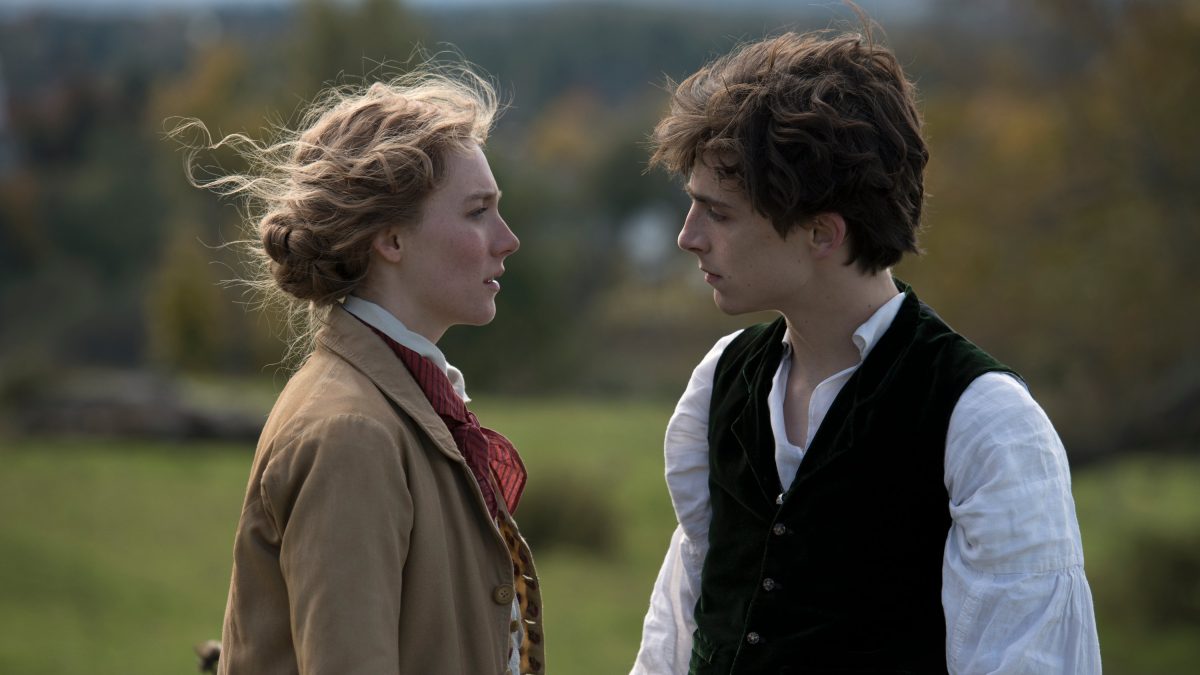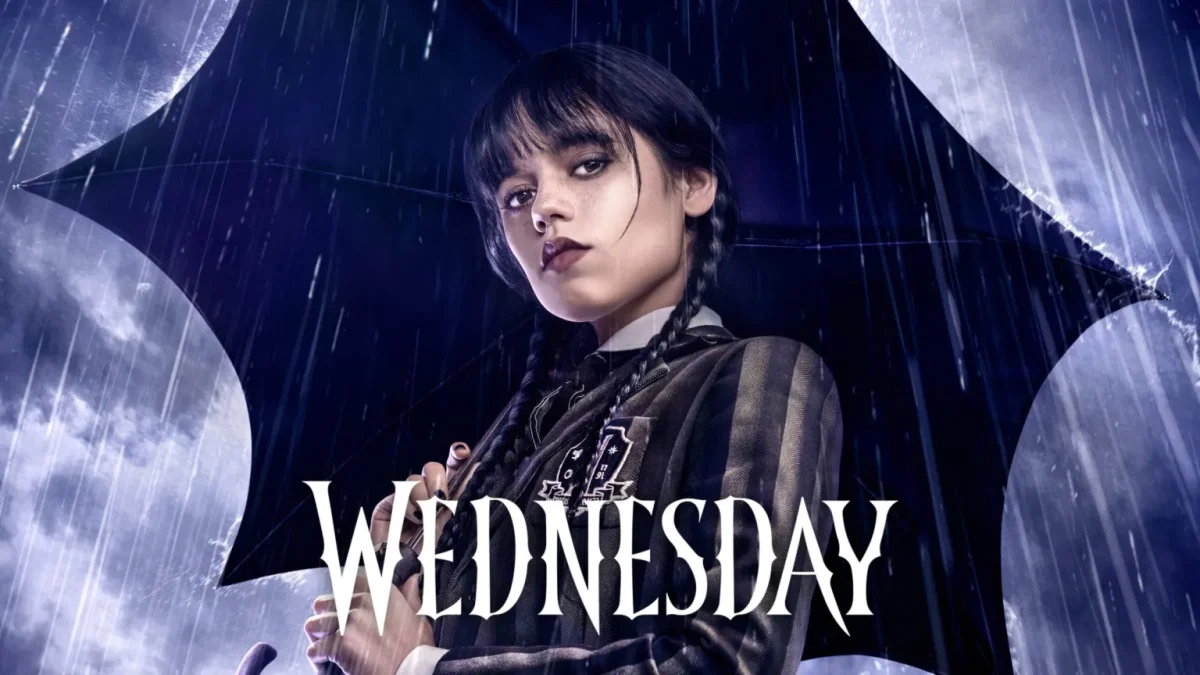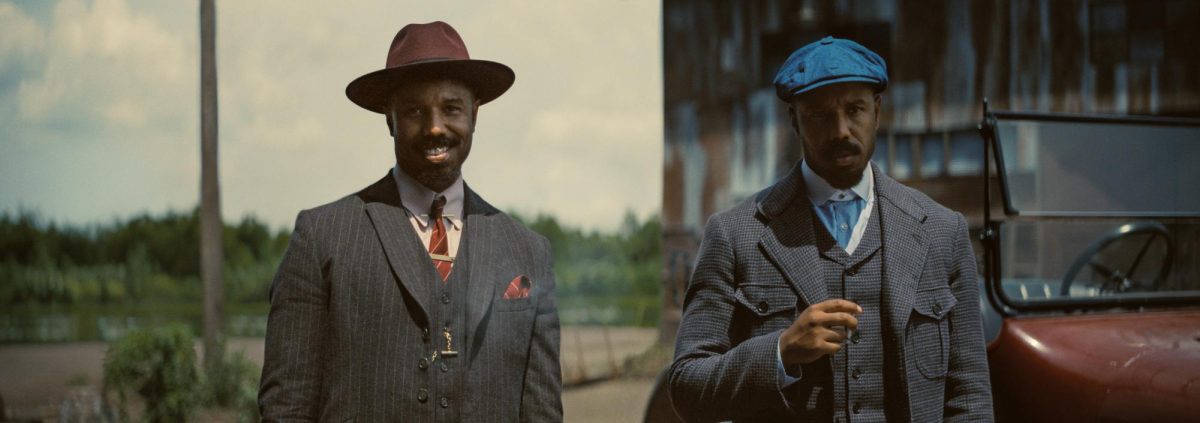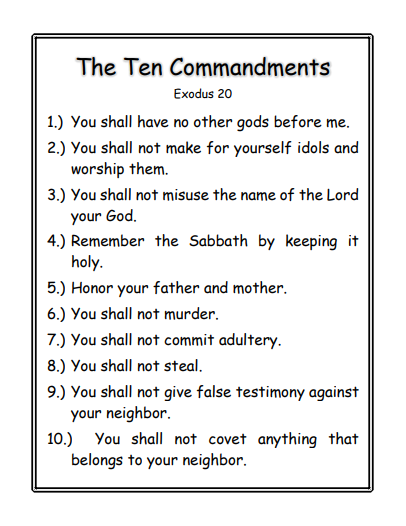At least once a year I turn to one particularly tattered and frayed book, its red cover worn and its two golden halves taped together after falling apart from frequent use.
Like so many people throughout our generation, I will always return to this same story and film. I am called to it by some inexplicable yearning for a life I never had, a nostalgia for a time I didn’t experience and a desire to learn and mature with the characters. Each time I read it, I discover something new and wonderful while simultaneously identifying with the familiarity of this story. Written by Louisa May Alcott, “Little Women” embodies the beauty of love, friendship and womanhood.
“Little Women has been called ‘the mother of all girls’ books.’ It is also, arguably, the most beloved book of American women writers and has exerted more influence on women writers as a group than any other single book,” said Anne Boyd Rioux, a professor at the University of New Orleans. “Little Women” is about the lives of four women whose distinctions are clear and lead them on different paths, not just womanhood but personhood. Meg, Jo, Beth and Amy have served as archetypes for fans. But unlike many more modern views on such characters, the sisterly bond of the March girls can still be relevant today as a representation of female friendship, so often belittled in popular culture by women being cruel to one another in order to fit into a male space.
Its popularity has resulted in several film adaptations being adapted, however one really stands out. Written and directed by Greta Gerwig, “Little Women” (2019) is the newest adaptation of this world beloved book. This film satisfies the book’s passionate devotees, while standing on its own as an independent piece of popular culture.
The film brings admiration and warmth while poignantly pointing out the restrictions placed on women by marriage and the obstacles women face when pursuing their aspirations. Like in the film, Jo’s aspirations of being a successful writer correlate with her wild and independent spirit. In the film, she is predominately opposed to getting married and the societal pressures placed on women where they were to be wed and that’s it. When a male editor says the fate of a female character should be either married or dead when talking about her story, this represents the views and roles that women were expected to play in the 1860s. Women were expected to be married and have kids, and that’s how you knew you were successful. For Meg, one of the March sisters, being a mom was her goal. “Just because my dreams are different than yours, it doesn’t mean they’re unimportant,” Meg March states in the film. Gerwig’s triumphant adaptation of the film successfully captures the spirit shown in the novel and adds a modern twist to it, offering a unique perspective on every March girl’s journey.
For many fans, these characters have greatly impacted us. Jo, the headstrong and ambitious sister in “Little Women,” has influenced and allowed fans to express their own desire to write and be recognized. All of these characters resonate with each reader, a little bit of the March girls living inside of fans’ hearts.
This film also brings to light the extreme expectations of women. Despite getting married at the end of the film, Jo appears in a scene where she says with tear-filled eyes: “Women, they have minds, and they have souls, as well as just hearts. And they’ve got ambition, and they’ve got talent, as well as just beauty. I’m so sick of people saying that love is all a woman is fit for, but I’m so lonely.” This underlines the true power of women in that time period and how they couldn’t have a job or vote, so they had to rely primarily on a man and focus on getting married, which evidently leads to losing the ownership of their money. Jo states that she’s so sick of people saying that love is all women are meant for, but that doesn’t negate her feelings of wanting to be loved and also knowing that it’s not the same as being in love. When she ends that monologue with “But I’m so lonely,” she really conveys how fiercely Jo values her independence while also wanting to have that human connection with someone.
In contrast, Jo’s sister, Amy, is more realistic. In the film, she says, “As a woman, I have no way to make money, not enough to earn a living and support my family. Even if I had my own money, which I don’t, it would belong to my husband the minute we were married. So don’t sit there and tell me that marriage isn’t an economic proposition, because it is.” This comparison between the different sisters shows the differences of growing up in a certain society where Jo embodies the headstrong older sibling versus Amy having to live in Jo’s shadow at times and feeling like the second choice. Amy had to face reality at a much younger age and dealt with the consequences of knowing the secrets of society before the adequate time. Amy is often viewed as childish and immature because of her ambitions of being a famous painter in europe and actions, but Gerwig states that “what an interesting diagnosis of our culture that the character who says most clearly what she wants is the one we hated for so long”
When it comes to women pursuing their passions, the film shows that women struggle to succeed. In the film, Amy strives to be a renowned artist and stays in Paris, but gets degraded by her aunt saying she will never make it as an artist. Jo, on the other hand, has to publish her works anonymously and only writes genres that make her money. Her persistence in writing is inspirational for the viewers, sending a message that everyone should follow their dreams and stick with their true passions. This highlights the realities of sibling jealousy curated in Amy’s point of view when she compares her life to Jo’s. “Jo is in New York, being a writer, and I’m a failure,” she states. As the youngest sibling, Amy carried the burdens of wanting to be great or nothing and wanting a perfect life, always comparing her success to Jo’s success. This perfectly encapsulates the struggles of growing up with a golden child older sibling and the toll that takes on a person.
Additionally, this film has a beautiful artistic style as well. The scenes of the girls’ adolescence have warm tones while their adult lives have dark tones. Their childhood times shown are almost enveloped in a “golden glow,” representing a time of happiness. It feels like you are traveling through time with the characters when the film switches back and forth from present day to the glow of their youth and chronologically how these women got where they were in the end.
All in all, “Little Women” shows the tensions between family and self, sisterhood and separation, growing up and failing to find one’s way. The 2019 version of “Little Women” brought the book to life in front of my eyes. From worn pages to the big screen. “Little Women” will always be remembered as the most beautiful and life changing work of art.














